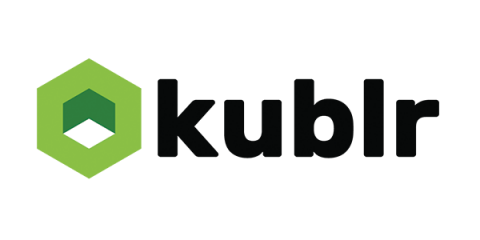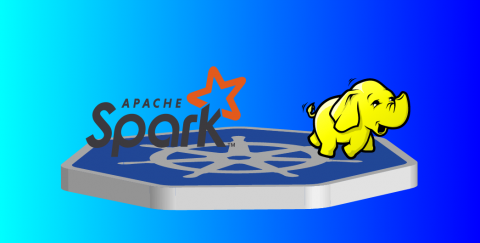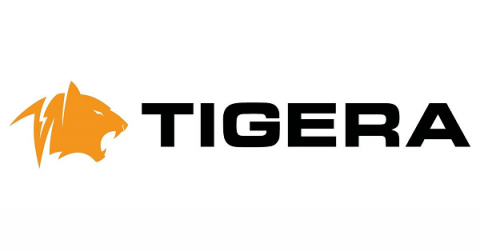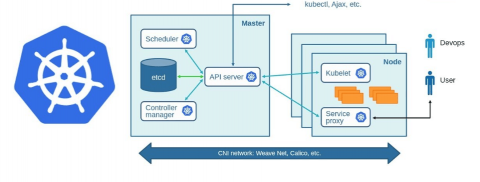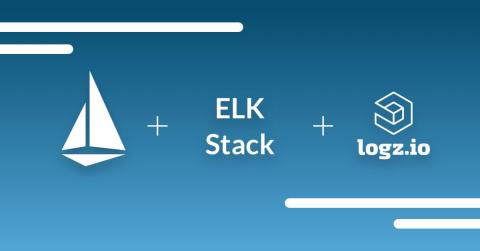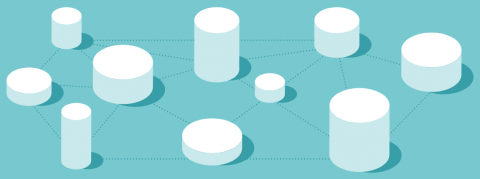How to enable serverless computing in Kubernetes
In the first two articles in this series about using serverless on an open source platform, I described how to get started with serverless platforms and how to write functions in popular languages and build components using containers on Apache OpenWhisk.Here in the third article, I’ll walk you through enabling serverless in your Kubernetes environment.



